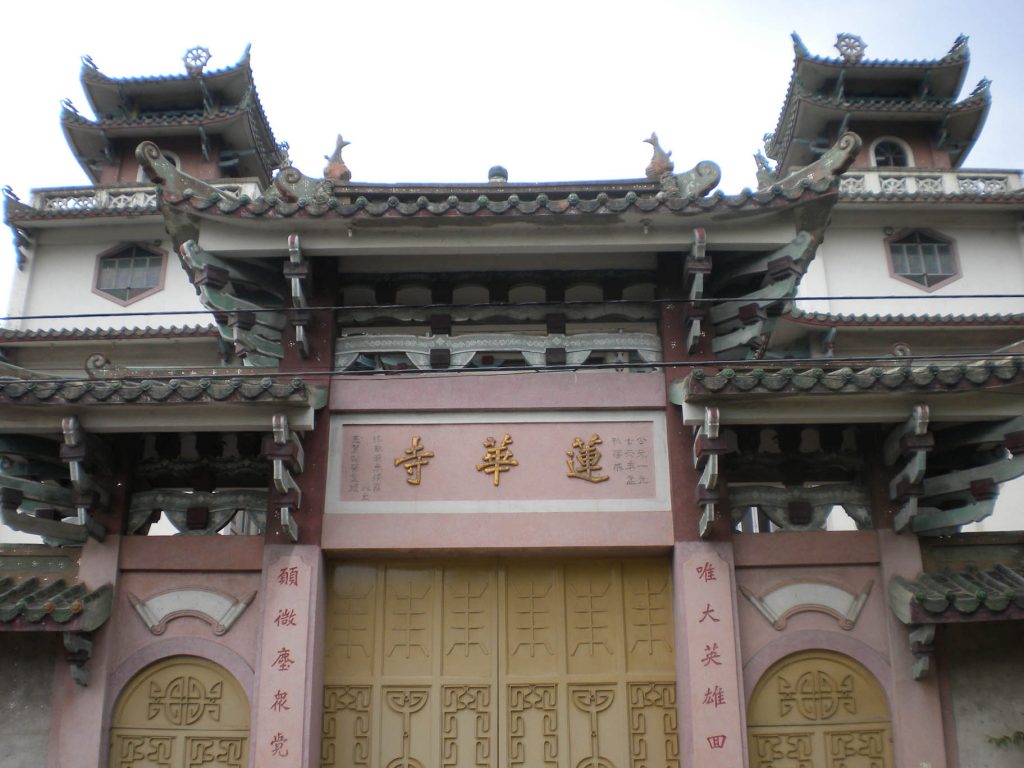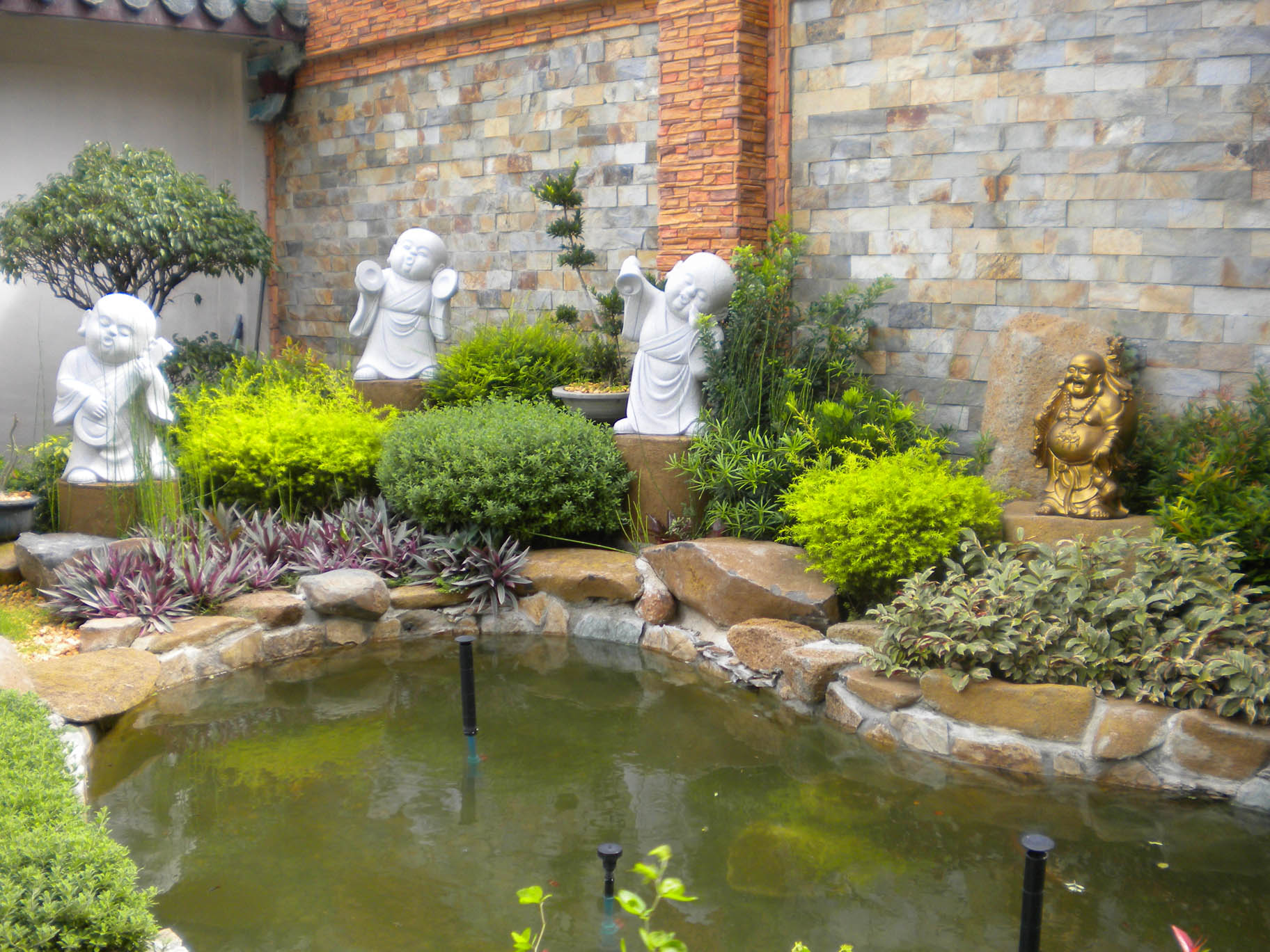Editors Note: This is the ninth of a series about the 36 Chinese Buddhist temples of the Philippines. Much of the information is from a thesis of Venerable Chuanmiao (Hsuan Chuang University, 2008), a Buddhist monk affiliated with the Thousand Buddha Temple in Quezon City.
9. Lian Hwa Temple 蓮華寺
26 Industrial Ave., Marcelo Compound
Potrero, Malabon City, Metro Manila
Tel.: 362-0737
Originally known as the Lian Hwa Vihara, this temple traces its origins to the 1950s when seven lay Buddhist women pooled their resources and built a house where they could live and practice Buddhism.
A lay sister Huixiang (慧香) managed the place. When she died in 1961, Miaozong (妙宗) and Miaoshu (妙樹), both also lay sisters, assumed management.
More than two decades earlier, both of them had been entrusted to the care of Huixiang at the Shoushan Hall (守善堂) in Yongchun (永春), Fujian.
They grew up as sisters and received Buddhist education at institutes in Quanzhou. They came to the Philippines upon the invitation of Ven. Jueding (覺定), an older brother of Huixiang.
The vihara needed a more sturdy structure, so an association was formed to build a new temple.
Jueding, in Manila since 1939 when Xingyuan invited him to help at Seng Guan Temple, was asked to serve as the abbot. Miaojue of Hwa Chong Temple was requested to help with the design; Miaozong and Miaoshu supervised the work. The new place, renamed Lian Hwa Temple, opened in 1976.
Jueding died in 1996. Miaoshu took over the leadership and shaved her head in 1999 to be ordained as a nun. Ruijin presided over the ordination ceremony, but Miaoshu recognized Jueding posthumously as her ordination master.

Main buildings. There are two buildings. The main building has two floors: ground floor houses the Guanyin shrine and ancestral hall, second floor with a high ceiling has the main shrine to the three Buddhas. The building at the back houses the dining room, kitchen, and dormitories.
Leadership and primary activities. Miaoshu, 84, still heads the temple. Another nun, a local-born Chinese, also lives there with laywomen serving in the temple.
The 18th of the lunar month is the temple’s unique devotion day. Feast days of each month are always celebrated on the 18th, with special emphasis on the first month for the new year, the fourth month for the Buddha’s birthday, and the seventh month to pray for the dead.
Apart from the 18th, the Guanyin feast days are marked on the 15th of the second, sixth, and ninth months. The temple’s anniversary is observed on the 27th of the eighth month with the chanting of the Buddha’s thousand names.
A regular group of 40 to 100 devotees attend these regular services. Occasionally, charitable activities are organized, especially in cooperation with other temples. — First published in Tulay Fortnightly, Chinese-Filipino Digest 15, no. 19 (March 5-18, 2013): 14.
